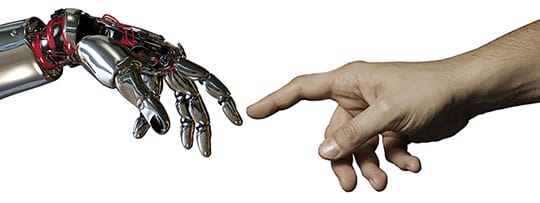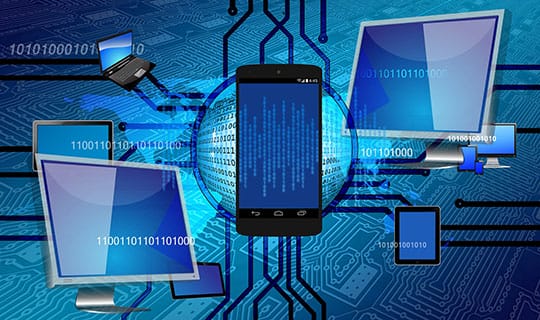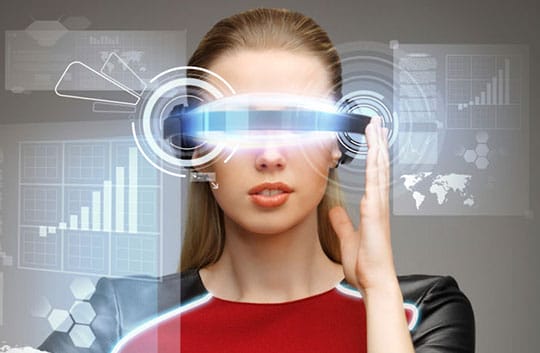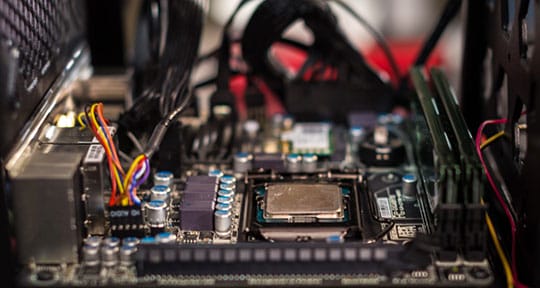Advances in technology are happening every day, invisibly, all over the world. It can take months or years for most of us to hear about great advances in computing and other tech areas because most innovation won’t change our lives until that innovation becomes practically applied to our lives and those of everyday people.
In 2015, smartphones began to replace computers for most simple computing needs, like internet searches and email, and supercomputers began to attack complex challenges: such as discovering cancer cures, or new potential antibiotics. And with 2016 drawing closer to a close, we’ll only see the more amazing technologies shift from pure conceptual imaginings to tangible products.
A.I. In The Home

In 2016, many A.I. products like Alexa, Cortana, and Siri plugged into smart home technologies. Over the course of the summer, it became possible to link any of these with smart home apps, and even relatively simple to build modules these A.I. entities could interact with. For example, building a smart thermostat your A.I. assistant can remotely alter takes little more than simple circuit board design skills (such as those perfected with CircuitStudio), a microcontroller, and a wi-fi module with a serial port and IP address. And more straightforward plug-and-play models are coming onto the market every day. But that’s not the only home improvements coming to homes!
Ultra-thin screen films and wireless charging stations are becoming increasingly common in tech-forward homes. For example, screen films can be placed on any flat surface (like a fridge or wall) and connected via Bluetooth or wifi to computers, allowing almost any area in a home to have wired capabilities. And wireless charging allows for many of your devices to charge without ever worrying about outlets or cords.
Machine Learning

By summer 2016, only about 1% of developers are designing any cognitive abilities into apps and programs. And that’s a massive benchmark, given that cognitive computing is still an infant field, with most major companies only just beginning to invest in the field. Projections indicate that by 2018, more than half of all developers will be using machine learning in their designs. IBM’s Watson might be just the beginning.
New Architecture Developments

Microservices are taking the point in a new wave of architecture developments. With microservices, the use of APIs allows developers to create more agile applications and software, which can easily be updated and ensure continuous delivery of services. This is a big shift for scalable apps, segmenting elements and making them easier to serve.
Virtual and Augmented Reality Goes Mainstream

From Oculus Rift to Microsoft, many companies are planning the release of VR or AR headsets. In fact, projections for 2016 VR headset sales go into the millions of units. It’s the first time virtual reality has made it into the hands of consumers on a wide scale and promises some unique opportunities for entertainment and advertising. But other potential applications include allowing engineering and construction work and planning to occur off-site. But for those looking farther than a few years into the future, if this technology sticks, it’s possible that the web itself might begin to make a shift into the VR realm.
Advances In PCB Design

Circuit boards are the building blocks of technology, quite literally: and they have a reputation for being eco-unfriendly and prohibitively expensive to manufacture in large scale productions. But quiet innovations coming out of Silicon Valley are experimenting with ultrathin circuit boards: thin as paper, with the ability to bend and flex. Some prototypes are simply ultra-flexible gel films. If broadly adopted, this could change everything about what a traditional computer looks like: using circuit board and screen films, a computer might be as thin as a few sheets of paper or be easily built-in to nearly flat surfaces. Depending on the design process, they could be easily integrated into wearables, put into skin patches, or even wrap around pipes.
The Bottom Line

A decade or more ago, many of these ideas were the realm of science-fiction and imaginary curiosities. But 2016 has been a major year for tech, and consumer buying habits and the flow of investments will determine if many of these amazing computing advances stick around to change our lives even further… or get relegated to the place of short-lived experiments.





